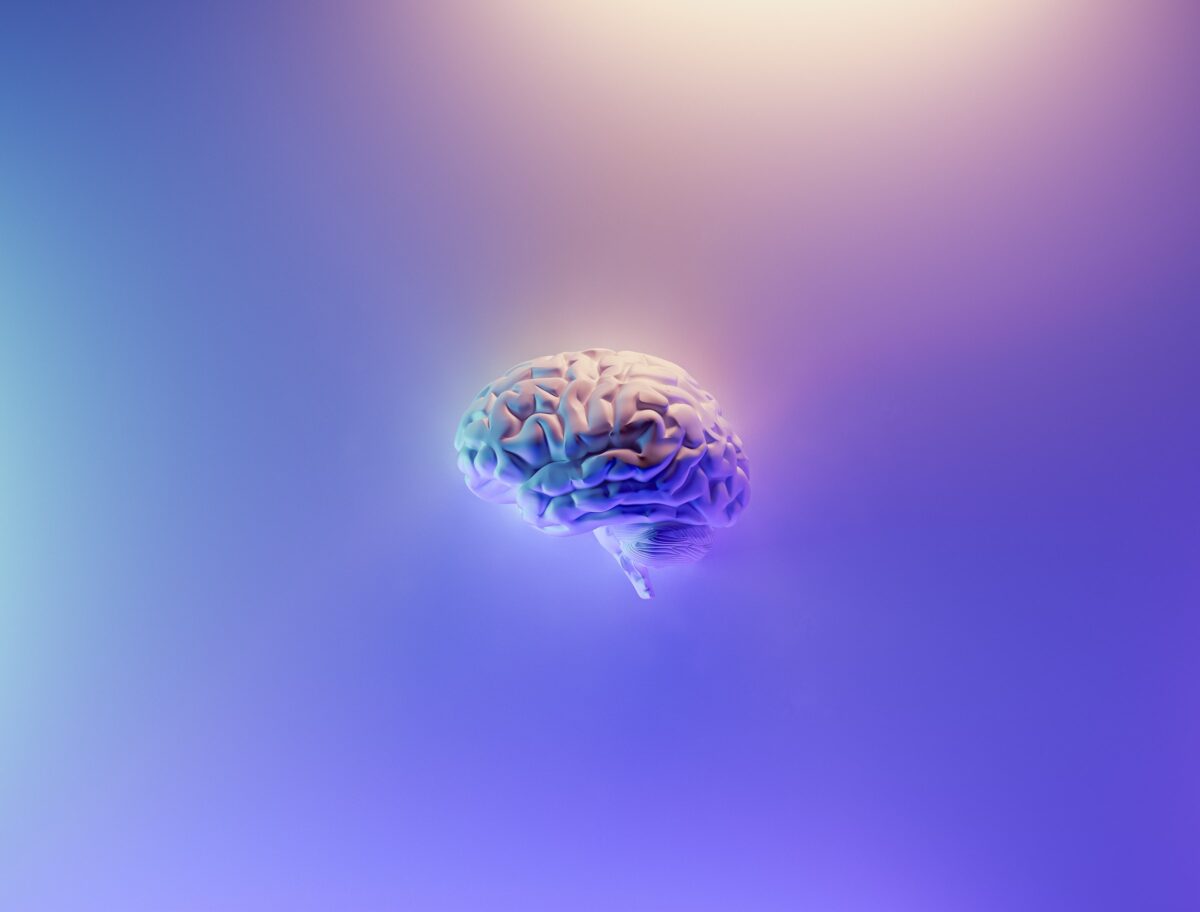Diets don’t only change what the scale says.
They can also alter how your mind and body feel, which plays a role in how you perform at work. Maybe you’re the rare person operating at 100% efficiency with your current eating habits, but if not, looking at what’s on your plate might be helpful. “People react to diets in different ways,” says Marion Nestle, professor emerita of nutrition and public health at New York University. “Some people flourish on fad diets, others don’t. In general, we all need enough calories to keep our brains happy, but not so many that we nod off.”
The National Institutes of Health is running a decade-long, roughly $18 billion research effort to tease out how and why diets affect individuals differently, in hopes of ultimately learning to optimize individual nutrition. In the meantime, trust your gut. “It should be easy enough to tell whether a diet makes you feel sluggish or hungry to the point of distracted,” says Nestle. In other words, you don’t want to be nodding off or daydreaming about that sandwich in the fridge.
The goal is to avoid either extreme while fueling your brain and body with nutrient-rich foods and limiting the processed stuff, which can alter your metabolism and leave you short on micronutrients. “If you eat processed food day in and day out, it affects your long-term mentation and physical health,” says Zhaoping Li, director of the UCLA Center for Human Nutrition.
Below are three common diets that high achievers tend to explore. (Of course, talk to your doctor about whether they’re right for you.) There’s no shortage of literature online that can walk you through each of them in great detail, so consider this a brief introduction.
Intermittent fasting
What it is: Limited daily eating periods, typically of four to eight hours. There’s no eating in the remaining 16 to 20 hours of the day, but calorie-free drinks such as water, seltzer, tea, and black coffee are fine.
Productivity effect: High alertness. “This is from evolution. When you starve, you can be on high alert as your body puts everything toward going out to hunt,” says Li.
Potential downside: Some people, particularly women, experience hypoglycemia (low blood sugar), which can “make you feel shaky, and your hormones for stress kick in,” she says. Others feel anxiety. Older adults may lose muscle mass.
Keto
What it is: Meals of mostly fat, some protein, and just 20 to 50 grams of carbohydrates per day. (A medium apple or banana has about 25 grams of carbohydrates.) Eating this way forces your body into a state of “ketosis,” in which the body burns fat as its primary fuel source rather than carbs.
Productivity effect: After so-called “keto flu,” when people feel sluggish as their bodies adjust, some report feeling energetic and focused. Li says there’s no clear evidence as to whether the weight loss and feel-good benefits are from ketosis or the restricted calories of the diet. (Without carbs on the menu, dieters often end up consuming fewer calories.)
Potential downside: “A side effect for most people is actually mental fog, or being unable to concentrate,” says Li. (That was also this writer’s experience.)
Productivity effect: No more post-breakfast or post-lunch crash. “When sugar comes into the bloodstream, it triggers an insulin release, and insulin can make people feel sluggish,” says Li. “And then your liver has to convert all the extra sugar into triglycerides, so there’s a lot of work that your body needs to do.” This pulls attention away from your brain.
Potential downside: A life without sweets. Also, check those labels; there’s added sugar in places you wouldn’t expect, such as salad dressings. If you’re craving a 3 o’clock snack, Li suggests reaching for protein-rich foods, which will avoid the cycle of sugar cravings.
Nestle says your body will tell you what diet, if any, is right for you. “I’m all for finding one that works,” she says. “Getting enough food and eating healthfully ought to be a good start.”




